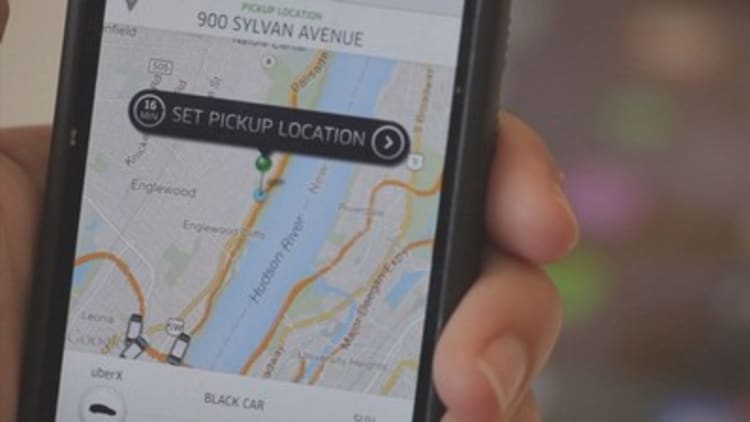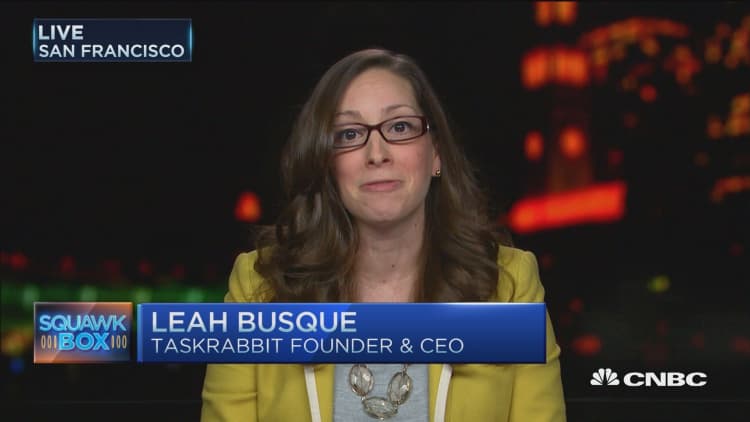
As the new digital economy unfolds, many Americans are steeped in ride-hailing apps, home sharing platforms and crowdfunding sites. Think Uber, Lyft, Airbnb. It's a world of users who are willing to exchange personal data for cheaper, efficient services.
But there are also many Americans who aren't using on-demand services and, in fact, are wholly unaware an on-demand economy even exists, according to a first-ever Pew Research Center survey on the collaborative, shared economy.
The survey found 89 percent of U.S. adults weren't familiar with the term "gig economy." And 73 percent are not familiar with the term "sharing economy," according to the national survey released Thursday.
"Americans' connection with the sharing economy really exists on a spectrum. There's a portion of the public that's really invested in these services," said Aaron Smith, associate director at the Pew Research Center.
Lack of knowledge and not participating in the gig economy aren't necessarily debilitating. But in the context of an already existing digital divide among well-off and low-income Americans — who may or may not have access to expensive broadband connections at home — the survey suggests a broad technology landscape that's shifting into a world of haves and have-nots.
"On the other end of the spectrum, we've got a good chunk of Americans who don't use these services and don't even know they exist," said Smith, also the study's author. The data was based on a survey of more than 4,700 U.S. adults.

Not surprisingly, college graduates, households earning at least $100,000 and people living in urban centers are more steeped in the gig economy.
Some 41 percent of Americans with an annual household income of $100,000 or more have used four or more of these services. That's three times more than households earning less than $30,000 annually, according to the survey.
Use of on-demand services also shows generational trends.
Some 33 percent of those ages 18 to 24 have used four or more gig economy services. In contrast, just 5 percent of those 65 and older have used four or more of these services, and 56 percent of older adults haven't used any on-demand service.
A shifting digital divide
Bigger picture, these are still the early days for this digital economy. But coupled with other data on the digital divide, pockets of well-connected and less connected Americans are emerging.
Separate data from Pew in late 2015 showed broadband adoption seems to have plateaued in the U.S. Broadband adoption stands at 67 percent of Americans, down slightly from 70 percent in 2013.
This down tick in home high-speed connectivity is also happening as more Americans become "smartphone-only" adults, and have no home broadband connection. For more Americans, smartphones are becoming a vital lifeline for everything from securing health care to finding a job.
And smartphone-dependent people can run up against data plan limits and cancelled and suspended service. Filling out a job application or writing a cover letter on a smartphone is extremely cumbersome.
Some 68 percent of Americans own a smartphone, on parity with home broadband adoption. "Some of the most significant changes in these adoption patterns are taking place among African-Americans, those with relatively low household incomes and those living in rural areas," according to Pew research.



